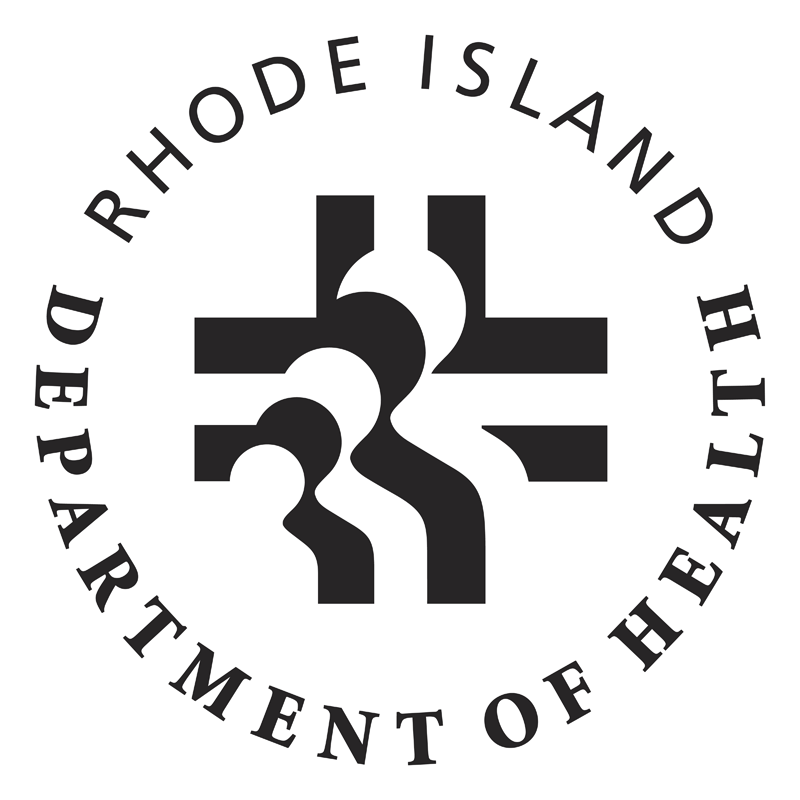- Food & Drug Administration
- Drug Enforcement Administration
- RI Dept of Behavioral Healthcare, Developmental Disabilities and Hospitals
- Rhode Island Hospital
- Rhode Island Disaster Medical Assistance Team/Medical Reserve Corps (RIDMAT/MRC)
- Rhode Island Executive Office of Health and Human Services (EOHHS)
- Rhode Island Health Equity Zones (HEZs)
- Rhode Island Regional Prevention Coalitions
- RI's Recovery Friendly Workplace Initiative
- Brown University School of Public Health
- The Miriam Hospital’s Prevent Overdose Naloxone Intervention (PONI)
- Rhode Island State Police
- The University of Rhode Island College of Pharmacy
- Rhode Island Department of Labor and Training (DLT)
 Rhode Island Department of Health
Rhode Island Department of HealthState of Rhode Island
Department of Health

 Select Language” drop-down in the top-right corner of this webpage to translate this guidance in 13 languages. For additional languages, please follow these steps: a) click on the Google Translated Spanish page link at the end of this paragraph, b) in the new page, click on the “Spanish” drop down and choose your language from the list, as seen on the below snapshots, c) start by clicking the
Select Language” drop-down in the top-right corner of this webpage to translate this guidance in 13 languages. For additional languages, please follow these steps: a) click on the Google Translated Spanish page link at the end of this paragraph, b) in the new page, click on the “Spanish” drop down and choose your language from the list, as seen on the below snapshots, c) start by clicking the